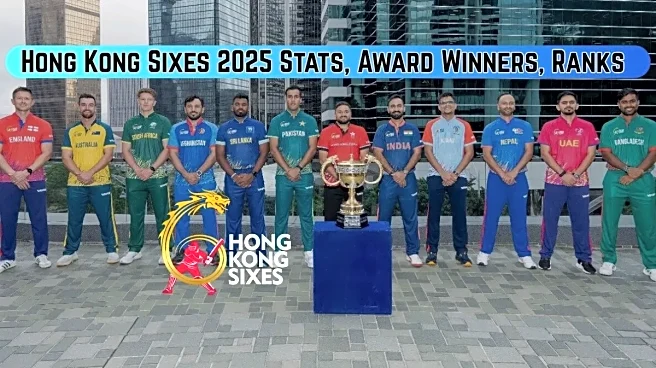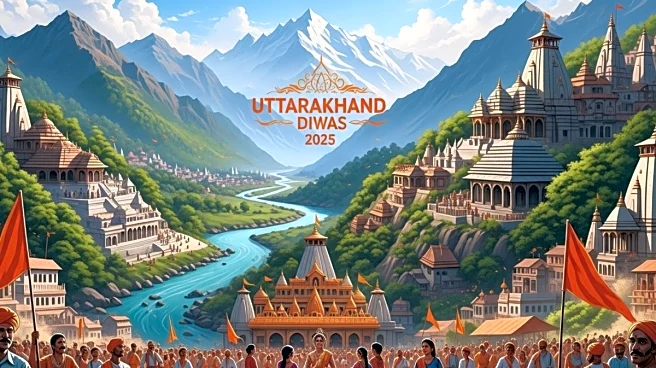Salaried employees, both in government and private sectors, become eligible to receive gratuity for their long-term services. Gratuity could be a crucial component for all salaried workers for their financial security. In India, Gratuity is paid as a long-term loyalty benefit by the employer to the employees who serve for at least five years in an organisation. This monetary benefit, also commonly known as ‘loyalty bonus’, is a recognition of an employee’s long service period in an organisation
Gratuity payment provisions are governed by the Payment of Gratuity Act, 1972. This applies to employees both in the government and private sectors. The gratuity amount stays with the company and becomes payable only under certain conditions. It does not
form part of your regular monthly salary.
Gratuity Eligibility
As per the existing rules, an employee becomes eligible to receive gratuity after continuous service for five years. The monetary benefit is paid only one an employee on superannuation, retirement, or resignation.
Under special circumstances like death or disablement due to accident or disease, the gratuity becomes payable irrespective of the service period. The minimum 5-year continuous service eligibility criteria will not apply in such cases.
The benefit is not available to contractual or temporary workers.
Benefits Of Gratuity
Gratuity acts as a financial safety net for employees after their tenure with an organisation, helping loyal and long-term workers sustain their livelihood. In retirement years, the gratuity can help cover all the necessary expenses. It could be crucial financial support in the absence of a monthly pension.
For government employees, the gratuity received at the end of their tenure is entirely tax-free. On the other hand, private sector employees can claim tax benefits for gratuity payments up to Rs 20 lakh.
Gratuity Calculation
Gratuity is calculated as per the guidelines laid out under the 1972 Act. The gratuity amount is calculated based on the last-drawn basic salary and dearness allowance (DA), and the tenure of service.
Here’s the formula to calculate the monetary benefit:
Gratuity= (Last drawn basic salary+DA) × (15/26) × (Number of years of service)
For gratuity calculation a few important factors need to be taken into account:
· 15 days’ salary based on the last drawn basic pay and DA for every completed year of service.
· For establishments covered under the Payment of Gratuity Act, 1972, a month is considered as 26 days, while for those not covered under the Act, a month accounts for 30 days.
·Number of years in service is rounded off to the nearest full year for each period exceeding six months.
Gratuity After 7 Years of Service On A Basic Salary of Rs 70,000
Let us understand the same with an example, where an employee’s last drawn monthly salary and DA stand at Rs 70,000. After a service period of 7 years, the employee will be eligible for:
Rs 70,000 × (15/26) × 7 = Rs 2,82,692.
Many organisations also calculate gratuity as a component of the cost to company (CTC). However, it’s important to note that the amount can’t be claimed as part of the monthly salary by employees.












/images/ppid_a911dc6a-image-176269243509079243.webp)




